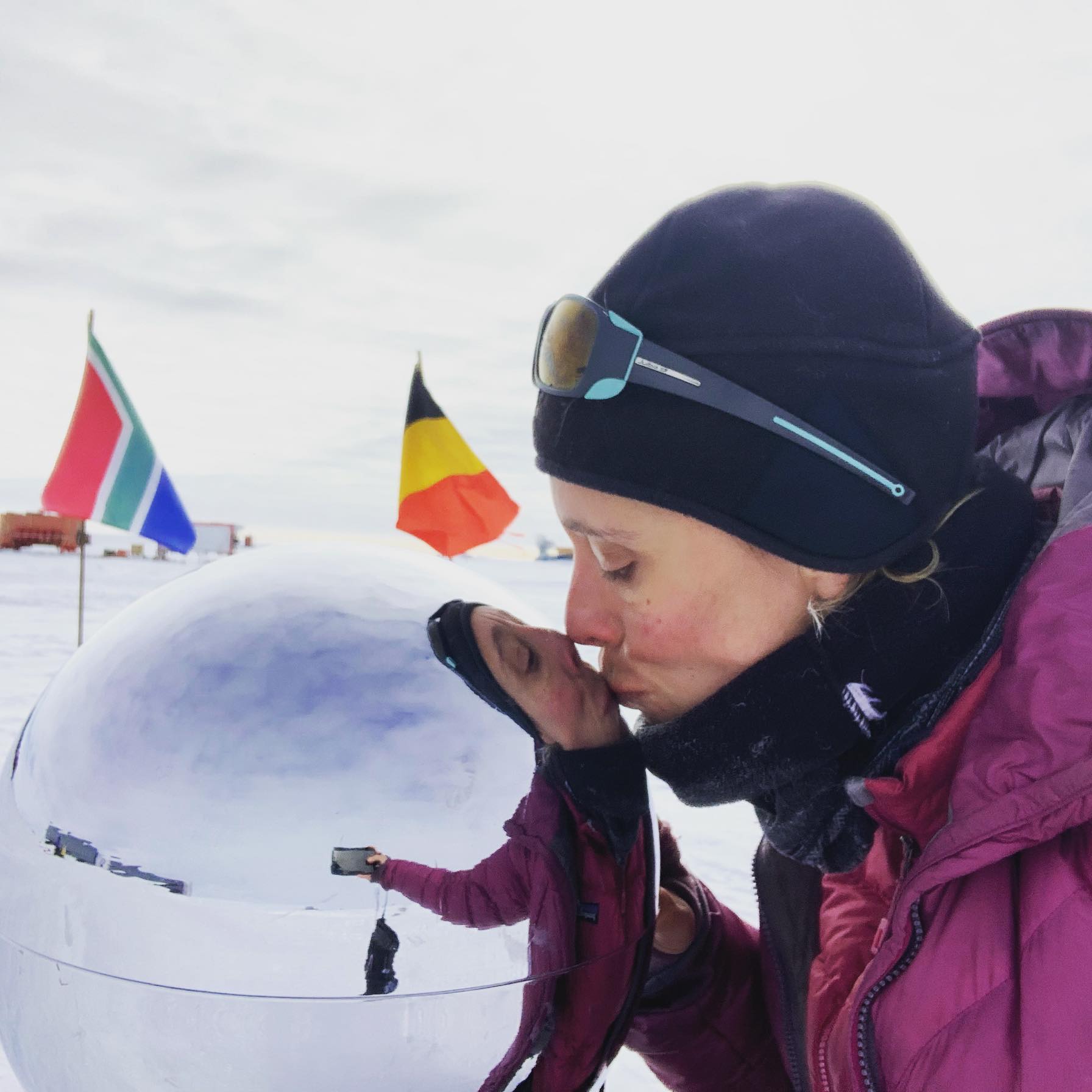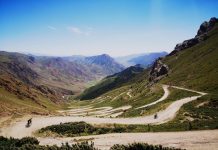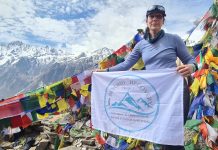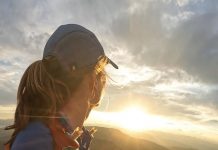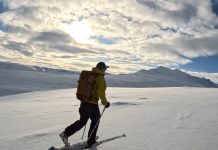Skiing solo to the South Pole was physically hard. It was without doubt the hardest thing I’ve ever done. I’ve run some marathons, done a few ultras, run through the South Shropshire Hills. I’ve done a bit of wild camping. I had no experience of Polar travel. I couldn’t even ski.
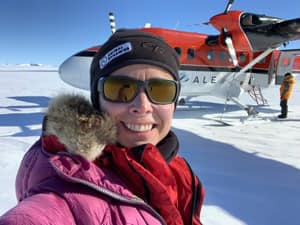
When I came up with the plan of doing an expedition in Antarctica, I knew it was going to take a huge amount of planning, effort and funding to even make it to the start line.
The planning involved a Herculean amount of logistics and admin – like doing your tax returns but doing them every week. I had to arrange time off work (not an easy task), I had to undertake training expeditions in Norway and Iceland, and complete a crossing of Greenland before the logistics company which flies you in and out would even contemplate letting me loose in the Antarctic wilderness alone. None of it was straightforward. Add in a full-time job and four children, and it was a constant juggle to make sure my expedition stayed on track, while making sure the wheels didn’t come off at home or at work. There were many moments when I only just got away with the spinning plates – missing appointments because I just forgot with so much on, dashing back to work after a talk or sponsor meeting, my employers quietly despairing, lunging all the way from my car (which I’d deliberately parked miles away) to parents’ evening, arriving purple and sweating (and probably late). How my children didn’t divorce me I’ll never know. They have put up with so much over the five years it took me to make this happen.
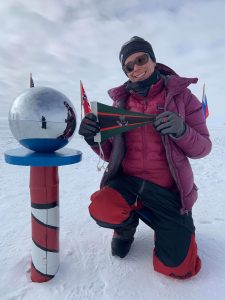
The training – thanks to Jon at E3 – was perfect in its planning, and religious in its execution. Jon was meticulous in his efforts to dream up weird and wonderful ideas to replicate what I might encounter on the expedition – pretty impressive as he’s never been to Antarctica himself. I became stronger by stealth. I looked at the week’s schedule (peered at in from the corner of my eye is more like it, hoping it wouldn’t include the dreaded hill reps or too many ice baths). All I had to do with complete the sessions. Although the sessions were time-consuming, I often felt like I wasn’t pushing myself. This is where Jon’s experience was, literally, a life-saver. Left to my own devices, I’d have pushed too hard, too soon and been injured, unmotivated and risking the whole expedition. I grew slowly and steadily stronger; unrecognisable after a year of solid training. I didn’t realise how strong I was until I went out just a few days ago – months after returning from the expedition but having got back to training pretty quickly – and did an hour’s tyre haul. Hauling my 4×4 tyre was the bread and butter of the training programme, in order to mimic the pulling of my sled (or pulk) for 11 to 12 hours every day on the ice. Sometimes I’d haul for 5-6 hours in training. My one recent hour felt like a marathon. It just shows how specifically fit I was.
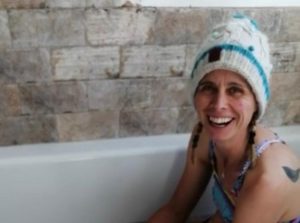
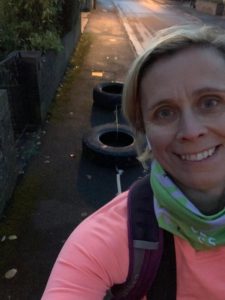
On the ice, I was completely alone for almost all of the 42 days it took me to ski 715 miles to 90 Degrees South. I saw a few humans for a few minutes or hours. I saw ski tracks and the odd aeroplane – bright red Ken Borick twin otters reminding me of human existence.
I had to pull my 86kg pulk for up to 12 hours a day, then have the energy to put up my tent (the only thing standing between me and death from hypothermia within minutes once I’d stopped). I then had to melt snow to rehydrate meals, do my blog, prep for the morning, and get a few hours sleep before doing it all again the following day. I almost never did fewer than 11 hours of skiing, no matter how bad the conditions. I never let myself have even 1 minute off from a ski leg; I skied for 2 hours for the first leg each day, followed by a short break to eat and drink. The next legs were all 70 minutes (more was allowed, never less), until I’d done my hours for the day. I never allowed myself a rest day, or a lie in. For Christmas I treated myself to an extra half an hour on skis.
Without the physical training, I’d never have been able to complete the journey, never mind complete it in 42 days (the fourth fastest time) and be only the 7thwoman ever to complete Hercules Inlet to Pole solo unsupported (with no resupplies). Yes, it was hard. But I was prepared. All that tyre dragging, lying in rivers, tying knots with pre-frozen hands – it all worked. I trained for almost a year – forgoing Christmas treats, giving up sugar for months, training in the dark, rain and cold.
Sometimes (ok, let’s be honest, most of the time) getting out and doing the training was the last thing I wanted to do. But it’s never as bad once you get out and start. Ok, hill reps are always bad. But the training became such a massive part of my life, such a habit, that I’d only been back a few weeks before I was back to training, albeit in a much gentler way.
I think about self-care, and how we’re all told it’s ok to skip that session, be kind to yourself, eat the pizza in your pjs. But to me, being kind to yourself is pushing your comfort zone, brining growth and satisfaction, endurance and strength. And it was all worth it.
Follow Wendy @betweensnowandsky on Instagram

